OPERACIONES CON ENTEROS: MEMORY
Con este juego se trata de conseguir que los alumnos y alumnas agilicen las destrezas de suma y resta con números enteros, así que manejen correctamente los cambios de signo que aportan los signos (-) delante de un paréntesis.
Objetivos
– practicar las operaciones de suma y resta con números enteros, de multiplicación y división haciendo especial hincapié en la regla de los signos. – Afianzar las técnicas
– Consolidar el orden de las operaciones y la utilización de los paréntesis. – Reforzar la memoria y la observación en nuestros alumnos.
Nivel:1º-2º ESO. También puede servir de motivación y repaso para 3º ESO. Material necesario: Una baraja de 32 cartas, 16 con operaciones y 16 con las respuestas a estas preguntas. Después de descargarse las cartas, será necesario colocar en las cartas de cada tipo, los reversos correspondientes, o bien de operaciones o bien de resultados.
Reglas del juego:
– Juego para dos, tres o cuatro jugadores.
– Se escoge uno de los jugadores como capitán para ser el que tenga la plantilla con las soluciones.
– Se colocan las 16 cartas de operaciones extendidas a un lado de la mesa y las 16 de respuestas al otro lado.
– El primer jugador saca una carta de operaciones y da en voz alta el resultado. A continuación saca una carta del lado de las respuestas.
– Si las dos cartas se corresponden, el jugador se lleva la pareja de cartas, en caso contrario vuelve a dejar las dos cartas en sus sitios.
– Si el jugador se ha equivocado en la operación, pierde su turno.
– Si hay alguna duda sobre el resultado, el jugador que hace de capitán, consulta la plantilla con los resultados.
– El juego acaba cuando ya no quedan parejas sobre la mesa.
– Gana el jugador que ha conseguido más cartas.
Descarga la baraja de 32 cartas en blanco : cartas
Descarga la baraja de cartas con adorno:cartas con adorno
Descarga aquí la actividad para el profesorado: Memory de operaciones con enteros profesor
GRUPO 2
| |||||||||||
|
GRUPO 3
 | x ÷ Multiply and Divide with Fact Family Cards |  fact family cards |  |
| * how to use the cards * print the x ÷ cards * x ÷ games and activities |
| * How to use the fact family cards | |||||||||||||
| Each card has three numbers on it. The number at the bottom is the product of the two numbers above it. These three numbers are a fact family. This card shows four related facts: | |||||||||||||
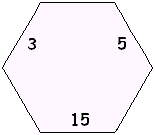 | 3 x 5 = 15 5 x 3 = 15 15 ÷ 3 = 5 15 ÷ 5 = 3 | ||||||||||||
| Cut and glue a "fact family house" to hide one number at a time. Place a stack of fact family cards in the house, say the missing number on the card (see the examples below), then pull the card off the stack and go on to the next card. At any time, you can move the position of the house so that it is hiding a different side of the cards. Click here or click on the photo to see a model of the fact family house which you can cut and glue. | 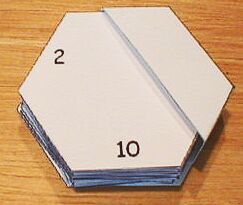 | ||||||||||||
| You can say each missing number as part of a multiplication problem or a division problem. Look at the examples below. | |||||||||||||
| |||||||||||||
| * top * print the x ÷ cards * fact family house * x ÷ games and activities* + - cards |
PARA TRABAJAR LAS RESTAS Y SUMAS
GRUPO 4
Free addition and subtraction game
This addition and subtraction activity turns learning math facts into a game!

It’s week two in the K-2 Math Activities Series! I’m teaming up with two other bloggers to bring you a total of three new math activities each week!
This week we’re featuring games that focus on operations. Since my game is for second graders, I created a game that will give kids a chance to practice addition and subtraction – with a little problem solving thrown in.
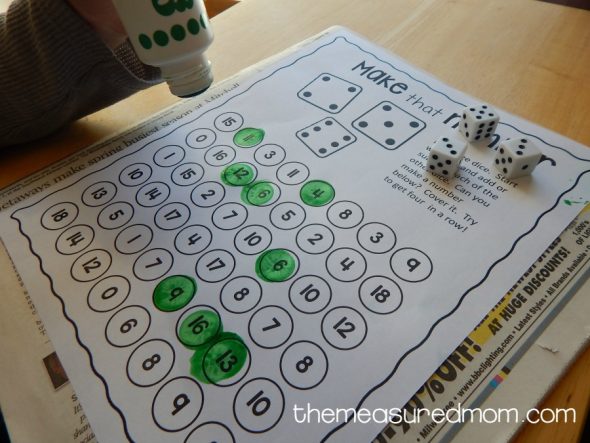
(This post contains affiliate links.)
Print a game board for your child and provide the dice. We don’t have a second grader at home, so I pulled this out to use with my first grader. We started with the three dice version, since he enjoys math.
To play
- Roll the dice.
- Start with one number. Then add or subtract the numbers on the other dice to make a new number.
- Dot or color the number that you made. (We love our Do-a-Dot markers.)
- When you get four in a row, the game is over.
For example
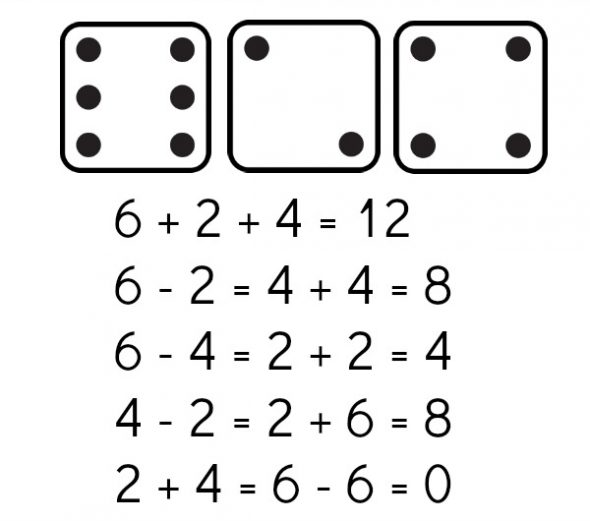
In the above example, you see just some of the answers you could get with the dice labeled 6, 2, and 4.
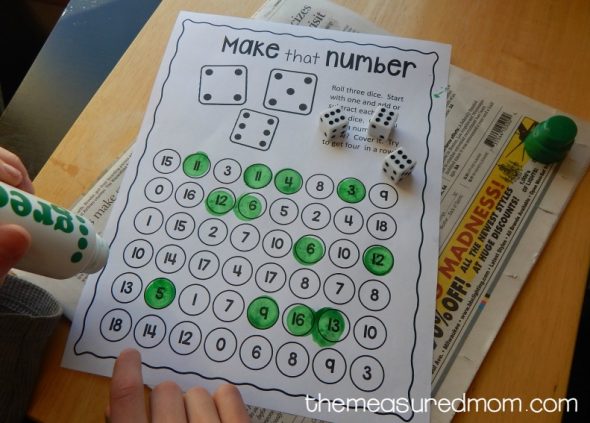
You may find that your chidl takes the easy way out (as did mine) by simply adding the dice instead of trying to mix up addition and subtraction. That works for a little while, but it probably won’t work if they are going to get 4 in a row.
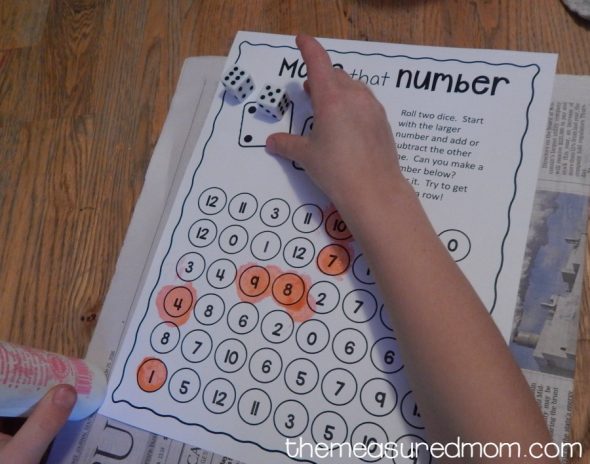
For some children, the three dice version may be too hard. Print the two dice version instead. Just remind them that when they subtract, they have to start with the larger number.

For kids who are ready for a challenge, give them the four dice version. Encourage them to try to get four in a row with as few rolls of the dice as possible. This way, instead of just adding or subtracting the dice in a random fashion, they’ll problem solve to get a particular number which is close to the ones they’ve already colored.




 x 5 = 15
x 5 = 15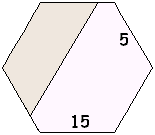
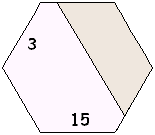
 = 15
= 15
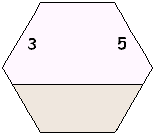
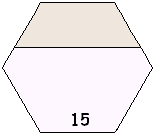

0 comentarios:
Publicar un comentario